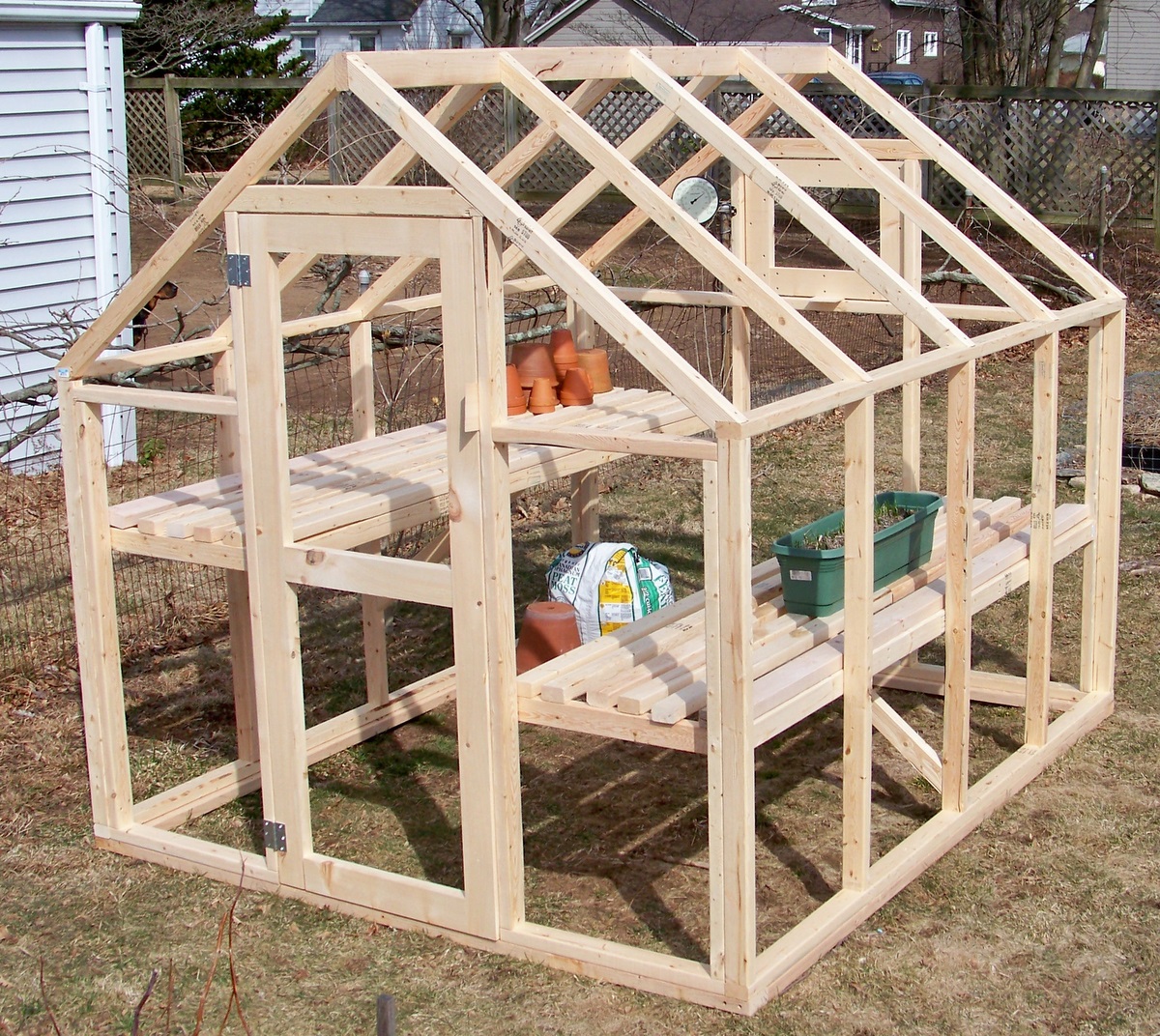Water conservation is becoming increasingly important, especially in regions prone to drought. Creating a drought-resistant garden not only helps conserve water but also ensures that your garden remains beautiful and productive even during dry periods. By selecting the right plants, improving soil health, and adopting efficient watering techniques, you can design a garden that thrives with minimal water. Here’s how to create a drought-resistant garden.
1. Choose Drought-Tolerant Plants
The foundation of a drought-resistant garden is selecting plants that are naturally adapted to dry conditions. These plants have evolved to survive with minimal water and can often thrive in harsh environments.
Popular Drought-Tolerant Plants:
- Succulents: Succulents like Aloe vera, Sedum, and Agave store water in their leaves, making them ideal for dry conditions.
- Mediterranean Herbs: Herbs such as Lavender, Rosemary, Thyme, and Sage are not only drought-tolerant but also aromatic and useful in cooking.
- Native Plants: Native plants are adapted to your local climate and typically require less water. Examples include California poppy (for the West Coast) and Purple coneflower (for the Midwest).
- Ornamental Grasses: Grasses like Feather Reed Grass and Blue Oat Grass add texture and movement to the garden while being drought-tolerant.
- Drought-Resistant Trees and Shrubs: Consider trees like Oak and Pine or shrubs like Oleander and Juniper, which can withstand dry conditions.
2. Improve Soil Health
Healthy soil is key to a drought-resistant garden. Well-draining soil with good structure can retain moisture longer and support plant roots during dry periods.
Steps to Improve Soil:
- Add Organic Matter: Incorporate compost, leaf mold, or well-rotted manure into the soil to improve its ability to retain moisture. Organic matter also enhances soil fertility, promoting healthy plant growth.
- Mulch Generously: Apply a thick layer of mulch around your plants. Mulch helps to retain moisture, suppress weeds, and keep the soil cool. Organic mulches like wood chips, straw, or shredded bark work well in drought-resistant gardens.
- Avoid Soil Compaction: Compact soil reduces the amount of air and water that can reach plant roots. Avoid walking on garden beds and consider using raised beds or garden paths to minimize soil compaction.
3. Design Efficiently
The design of your garden can greatly influence its water needs. Thoughtful planning can help you make the most of available water and ensure that your plants thrive.
Design Tips:
- Group Plants by Water Needs: Group plants with similar water requirements together. This allows you to water more efficiently, ensuring that plants with higher water needs receive adequate moisture without overwatering drought-tolerant species.
- Create Shade and Windbreaks: Shade from trees, pergolas, or tall plants can reduce water loss by protecting smaller plants from the intense sun. Windbreaks, such as hedges or fences, help to reduce evaporation caused by strong winds.
- Utilize Contour and Slopes: Design your garden to capture and retain rainwater. Planting on slopes or creating shallow depressions can direct water to where it’s needed most, reducing runoff and erosion.
4. Water Wisely
Even in a drought-resistant garden, occasional watering may be necessary, especially during prolonged dry periods. However, with smart watering techniques, you can minimize water usage.
Watering Techniques:
- Drip Irrigation: Drip irrigation delivers water directly to the root zone of plants, minimizing evaporation and ensuring that water goes where it’s needed most. This method is highly efficient and can be set on a timer for convenience.
- Water Deeply and Infrequently: Instead of frequent shallow watering, water your garden deeply and less often. This encourages plants to develop deep root systems that are more drought-resistant.
- Water in the Early Morning: Watering in the early morning reduces water loss due to evaporation and gives plants time to absorb moisture before the heat of the day.
- Collect Rainwater: Use rain barrels to collect and store rainwater for use during dry spells. Rainwater is free of chemicals like chlorine and fluoride, making it ideal for garden use.
5. Maintain Your Garden
Ongoing maintenance is crucial to the success of a drought-resistant garden. Regular care ensures that your garden remains healthy and resilient, even in the face of drought.
Maintenance Tips:
- Prune Regularly: Pruning helps to reduce the overall water needs of plants by removing dead or excess growth. It also improves air circulation, reducing the risk of disease.
- Weed Control: Weeds compete with your plants for water and nutrients. Regular weeding, combined with mulch, can help keep weeds at bay.
- Monitor for Pests and Diseases: Drought-stressed plants are more susceptible to pests and diseases. Keep an eye out for signs of trouble and address issues promptly to prevent them from spreading.
- Adapt to Changing Conditions: Drought conditions can vary from year to year. Be prepared to adjust your watering schedule, plant selection, and maintenance practices as needed to respond to changing weather patterns.
6. Embrace the Beauty of a Drought-Resistant Garden
A drought-resistant garden doesn’t have to be a barren, lifeless space. With careful planning and the right plant choices, you can create a vibrant, colorful garden that’s full of life and character.
Aesthetic Considerations:
- Color and Texture: Drought-tolerant plants come in a wide range of colors, shapes, and textures. Mix succulents with ornamental grasses, flowering perennials, and evergreens to create visual interest.
- Hardscaping Elements: Incorporate rocks, gravel, and other hardscaping elements to enhance the look of your garden while reducing the need for water. Pathways, stone borders, and dry creek beds can add structure and beauty.
- Wildlife Habitat: Drought-resistant gardens can attract pollinators like bees, butterflies, and birds. Include plants that provide nectar, seeds, and shelter to support local wildlife.





Leave a Reply